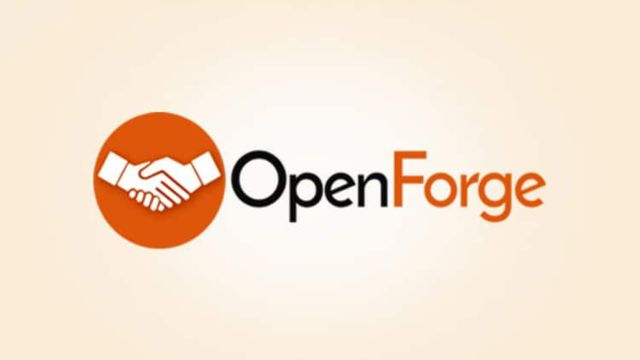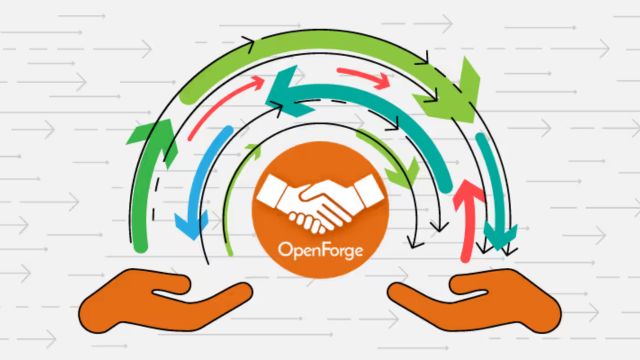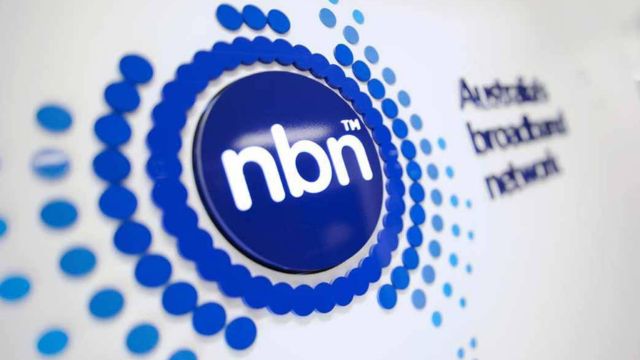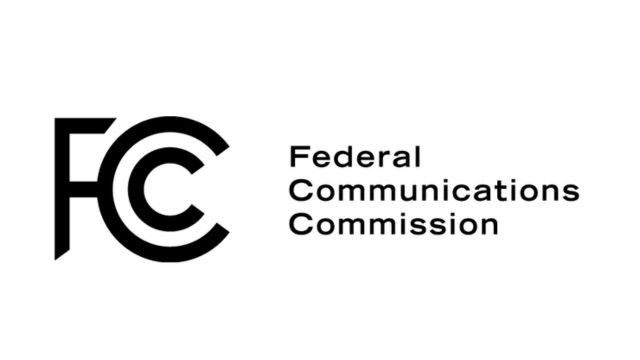The secret to innovation in the ever evolving digital environment of today is teamwork. Software solutions that are effective, scalable, and transparent are more important than ever as governments all over the world develop their digital infrastructure. In order to encourage an open-source collaborative culture in public service delivery, OpenForge, a revolutionary platform, was created to facilitate the exchange and reuse of e-governance application source code.
What is OpenForge?
Fundamentally, OpenForge is a version-controlled software repository designed especially for software development in the public sector and government. Similar to well-known developer community platforms, OpenForge enables a broad range of stakeholders, including private companies, independent developers, and involved citizens, in addition to internal government developers, to host, review, update, and collaboratively improve source code.
The main goal is straightforward but effective: to promote a system where current government-developed codebases may be accessed, enhanced, and repurposed across departments and use cases, rather than having to start from scratch each time a new digital service is introduced.
The Philosophy Behind OpenForge

A fundamental tenet of the OpenForge program is open access and collaborative development. Custom-built apps are frequently developed in silos inside various government ecosystems. This results in inconsistent service delivery, needless duplication of effort, and waste of public resources.
OpenForge challenges this paradigm by allowing the scrutiny and reuse of government code that has been specially created. Transparency, code quality, peer review, and public involvement are among the best practices of the open-source software community that it incorporates into its governance.
Essential Elements of the Centralized Public Code Repository on the OpenForge Platform
Development teams can handle source code repositories, issue tracking, documentation, and updates in one location with OpenForge, a safe, centralized code hosting environment.
Cooperation Between Sectors and Departments
OpenForge makes it possible for many departments, agencies, and business partners to build upon pre-existing solutions by facilitating both public and intra-government engagement. This improves interoperability and scalability.
Efficiency and Reusability of Code
The platform’s focus on code reuse is one of its best qualities. Instead of starting from scratch, developers can reuse pre-existing modules (such as digital form templates, payment gateways, and login systems).
Openness and Auditability
Publicly making source code available encourages responsibility and confidence. Anyone can examine an application’s functionality, look for errors or inefficiencies, and recommend changes.
Innovation and Community Involvement
OpenForge is a community-driven ecosystem rather than just a repository. Applications can become more nimble and citizen-focused when developers from outside the government report problems, provide upgrade suggestions, or add new features.
Policy Foundation: An Open Governance Framework
A defined policy on collaborative application development was created in order to promote OpenForge’s mission. The rules for preserving, maintaining, and disseminating source code created by the government are outlined in this policy. It encourages:
- All custom-developed software must be archived in a secure location.
- Code may be made publicly available through open-sourcing, contingent on security and strategic concerns.
- standardized license schemes to guarantee uniform contribution and reuse guidelines.
- Codebases should be reviewed and updated frequently to stay current and compatible with new technologies.
The policy guarantees that public code will continue to be a useful resource that is accessible, accountable, and flexible by formalizing the procedure.
The Significance of OpenForge
Governments are under growing pressure to provide citizens with digital services that are dependable, quick, and focused on their needs. But creating such systems from scratch each time is wasteful and expensive. Public organizations can use OpenForge to cut down on redundancy, speed up development cycles, and access a worldwide contributor talent pool.
Furthermore, the open-source methodology guarantees the transparency of governance programs through their design. When citizens can check how public systems are constructed and how their data is managed, they will be more likely to trust them.
OpenForge offers developers a special chance to make a significant contribution to public services. To have a real influence, civic IT specialists can work directly with governance systems to improve performance, create new features, or solve flaws.
Looking Ahead: Open Collaboration’s Future
OpenForge is a movement toward more transparent, inclusive, and intelligent governance, not just a tool. The possibility of integrated digital ecosystems increases with the number of applications created and distributed on the platform. Imagine a world in which nations and towns share code for health systems, education portals, crisis management apps, and more, fostering cross-border innovation.
A collaborative society where governments work with citizens and developers, not just for them, is the obvious goal.
Conclusion
Platforms like OpenForge are changing the way public digital infrastructure is created and maintained in this digital-first age. Governments welcome a new era of involvement, effectiveness, and creativity by cracking the code. It’s a daring move in the direction of transparency that has the potential to revolutionize governance in the future.
Join the digital revolution with Digital India MIB. Explore government initiatives, open-source innovations like OpenForge, and stay updated on transformative schemes shaping the future. Be informed, be empowered — start your journey toward smarter governance and citizen engagement today!













